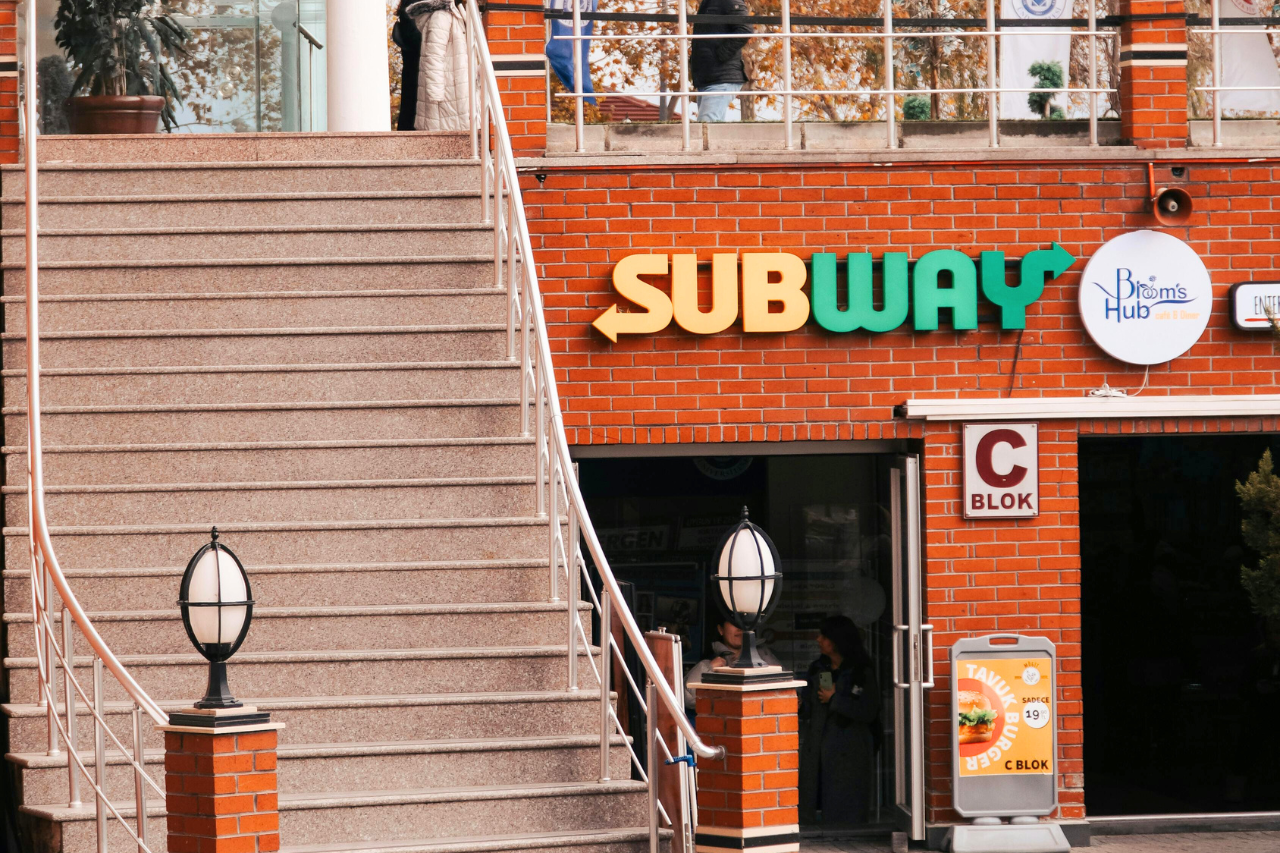Subway Stores, once the titan of fast-food franchises, is experiencing a significant contraction in its U.S. operations. For the first time in two decades, the number of Subway locations in the United States has fallen below 20,000. This decline marks the eighth consecutive year of net closures, raising questions about the factors contributing to this trend and what it means for the brand’s future.
📉 The Numbers: A Steady Decline
In 2024, Subway closed 631 U.S. stores, bringing its total domestic count to 19,502 . This is a stark contrast to its peak in 2015 when the chain boasted over 27,000 locations nationwide. Since then, Subway has shuttered approximately 7,600 stores in the U.S., highlighting a significant domestic contraction
🔍 Reasons Behind the Closures
Several factors have contributed to Subway’s ongoing store closures:
1. Market Oversaturation
Subway’s aggressive expansion strategy in the early 2000s led to a dense concentration of stores, sometimes with multiple locations within the same block. This oversaturation diluted sales per store and intensified internal competition among franchisees.
2. Changing Consumer Preferences
Modern consumers are increasingly seeking healthier, fresher, and more customizable dining options. Competitors like Jersey Mike’s and Firehouse Subs have capitalized on these trends, offering perceived higher-quality ingredients and more appealing menus. Subway’s menu, while extensive, has struggled to shake off perceptions of being outdated or less fresh.
3. Franchisee Challenges
Subway’s franchise model has faced criticism for high royalty fees and stringent operational requirements. Many franchisees have reported financial strain, leading to store closures. In some cases, franchisees have accused the company of ignoring their concerns, further straining relationships .
4. Operational and Financial Pressures
Rising operational costs, including increased labor wages and supply chain disruptions, have impacted profitability. In states like California, new minimum wage laws have further squeezed margins, prompting some franchisees to close stores rather than operate at a loss .
🌍 International Expansion: A Silver Lining
While Subway’s U.S. footprint is shrinking, its international presence is growing. The company now operates nearly 37,000 locations worldwide, making it the third-largest restaurant chain globally. Recent expansion efforts have focused on markets like Paraguay and Mongolia, with commitments for over 10,000 new international locations in the past three years.
🛠️ Strategic Initiatives and Modernization
In response to declining domestic performance, Subway has launched several initiatives:
- Fresh Forward 2.0: A store redesign program aimed at modernizing the dining experience, including updated décor and improved customer service.
- Smart Growth Strategy: Focusing on optimizing store locations and formats based on data-driven insights to enhance profitability and customer satisfaction.
- Nontraditional Venues: Expanding into locations like Walmart stores and airports to capture new customer segments.
These efforts are part of a broader strategy to revitalize the brand and adapt to changing market dynamics.
🏁 Conclusion
Subway’s ongoing store closures reflect broader challenges in the fast-food industry, including shifting consumer preferences, operational pressures, and the need for brand reinvention. While the company’s U.S. presence is contracting, its international growth and strategic initiatives offer a path forward. The coming years will be critical in determining whether Subway can successfully navigate these challenges and reclaim its position as a leading global foodservice brand.












